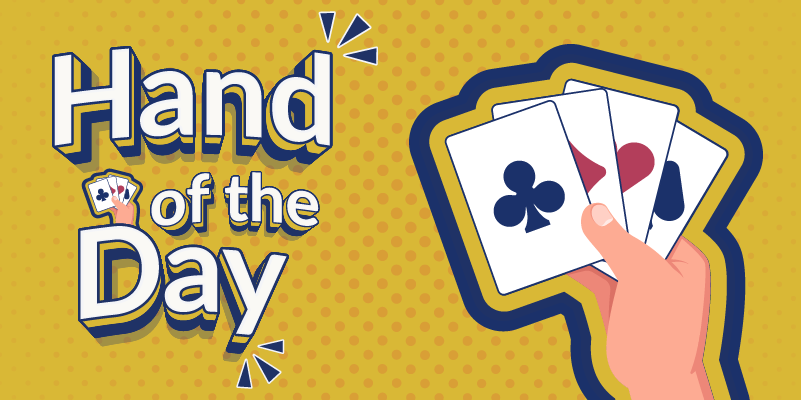



The Aces On Bridge by Bobby Wolff
Today's deal comes from the U.S. trials where two of the top pairs in the country, Bobby Levin and Steve Weinstein, lost today's battle but won the war.
Opening Lead: ♠J
The auction may look confusing, but all the spade calls were artificial. Weinstein showed the majors, letting Brad Moss show clubs and a game-forcing hand. Now Fred Gitelman as North initially showed his spade stopper, then when South showed both minors and slam interest, his four spade call was a cue-bid. After the double the 4NT bid suggested a hand better than a sign-off in five clubs, so Moss bid the club slam.
When Bobby Levin kicked off with the spade jack, Moss won the ace, knowing that he was likely to have to ruff a diamond in dummy. If East was going to follow to a round or two of diamonds, then trumps were going to break badly.
Accordingly, at trick two Moss crossed to hand in hearts, played a club to the nine, cashed the ace-king of diamonds, and played another diamond. That way Moss could ruff the fourth diamond in dummy without losing a trump. This approach would also have been required with a few specific layouts when West had as little as jack-third of trumps.
Not surprisingly, Moss was the only one of four declarers who brought home this slam. If you start with a top trump from hand, the bad trump break dooms you.
Bid with the aces
Answer: 3♦
You are far too strong to jump to four spades, but the fact that everyone is bidding suggests someone is light for his action. You should cue-bid three diamonds, planning to bid a forcing three spades next (or cue-bid four diamonds if partner bids three spades). If partner shows no signs of life, give up at four spades.
This Hand of the Day was originally published on aces.bridgeblogging.com.



